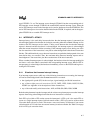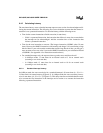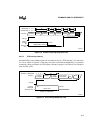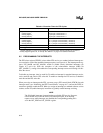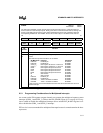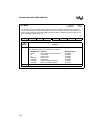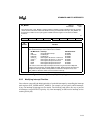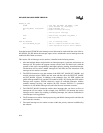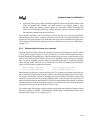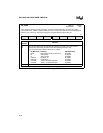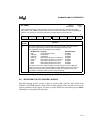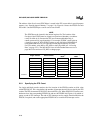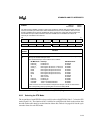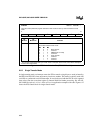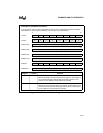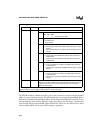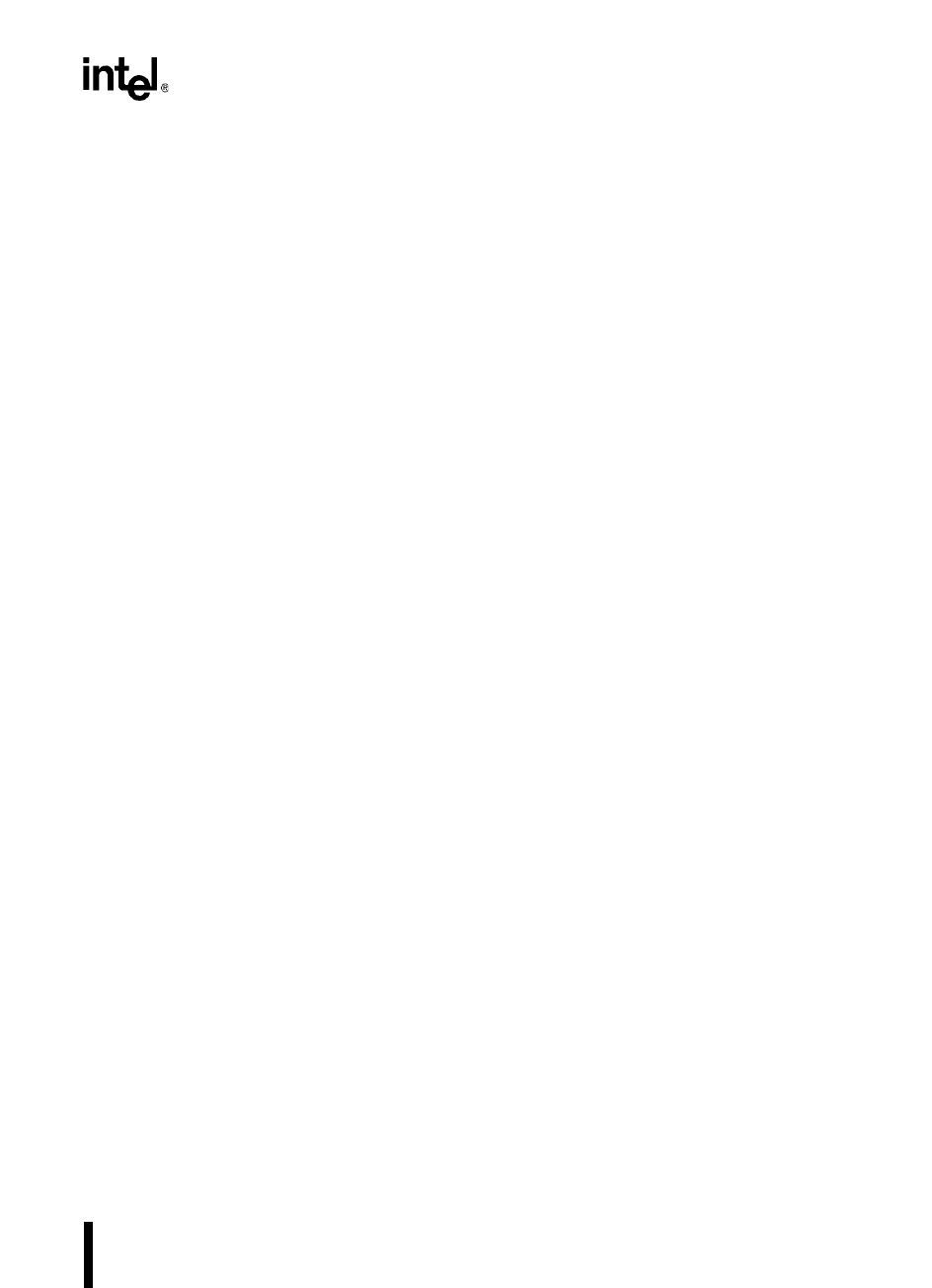
6-15
STANDARD AND PTS INTERRUPTS
6. At the end of the service routine, the POPA instruction restores the original contents of the
PSW, INT_MASK, INT_MASK1, and WSR registers; any changes made to these
registers during the interrupt service routine are overwritten. Because interrupt calls
cannot occur immediately following a POPA instruction, the last instruction (RET) will
execute before another interrupt call can occur.
Notice that the “preamble” and exit code for this routine does not save or restore register RAM.
The interrupt service routine is assumed to allocate its own private set of registers from the lower
register file. The general-purpose register RAM in the lower register file makes this quite practi-
cal. In addition, the RAM in the upper register file is available via windowing (see “Windowing”
on page 5-13).
6.5.3 Determining the Source of an Interrupt
When the transition detector detects an interrupt, it sets the corresponding bit in the INT_PEND
or INT_PEND1 register (Figures 6-7 and 6-8). This bit is set even if the individual interrupt is
disabled (masked). The pending bit is cleared when the program vectors to the interrupt service
routine. INT_PEND and INT_PEND1 can be read, to determine which interrupts are pending.
They can also be modified (written), either to clear pending interrupts or to generate interrupts
under software control. However, we recommend the use of the read-modify-write instructions,
such as AND and OR, to modify these registers.
ANDB INT_PEND, #11111110B ; Clears the OVRTM1 pending bit
ORB INT_PEND, #00000001B ; Sets the OVRTM1 pending bit
Other methods could result in a partial interrupt cycle. For example, an interrupt could occur dur-
ing an instruction sequence that loads the contents of the interrupt pending register into a tempo-
rary register, modifies the contents of the temporary register, and then writes the contents of the
temporary register back into the interrupt pending register. If the interrupt occurs during one of
the last four states of the second instruction, it will not be acknowledged until after the completion
of the third instruction. Because the third instruction overwrites the contents of the interrupt pend-
ing register, the jump to the interrupt vector will not occur.
An overrun on the EPA capture compare channels can generate the multiplexed capture overrun
interrupts (OVR0_1 and OVR2_3). Read the EPA_PEND register to determine the source of the
interrupt request (Figure 10-12 on page 10-23).



